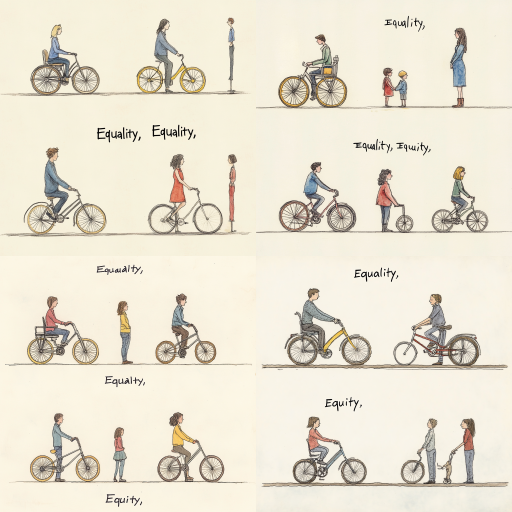Explore the Best AI Image Gallery

The Transformative Power of AI in Graphic Design
The graphic design industry is undergoing a seismic shift with the introduction of Artificial Intelligence (AI). This technology is not only empowering designers but also redefining the very fabric of creative practices. From automating repetitive tasks to generating ideas and even producing complete designs, AI is proving to be a game-changer in the field.
The Impact of AI on the Creative Industry
AI technologies are providing innovative tools that enhance the creativity and productivity of designers. Traditionally, graphic design involved manual processes that were often time-consuming and resource-intensive. With AI tools such as Adobe Sensei, Canva Magic Write, and numerous others, designers can now automate mundane tasks like layout adjustments and photo editing. This allows them to focus on strategic thinking and ideation, leading to richer, more creative outcomes.
Moreover, AI accelerates the design process, enabling designers to experiment with various styles and layouts rapidly. For instance, machine learning algorithms can analyze vast amounts of data to identify successful design trends, which can inspire new creative ventures. This not only helps in crafting visually appealing graphics but also ensures that they resonate with target audiences effectively.
Potential Uses of AI in Graphic Design
AI has a plethora of applications within graphic design. Some of the most notable include:
- Generative Design: AI-powered generative design tools can create numerous design variations based on specific parameters set by designers. This exploration of design possibilities can lead to unique and innovative outcomes.
- Automated Image Editing: Tools like remove.bg and Luminar AI leverage AI to automate background removal and enhance images, saving designers valuable time on routine tasks.
- Personalization: AI can analyze user data to create personalized graphics that enhance user experience, catering to individual preferences and behaviors.
- Augmented Reality (AR): AI is vital in AR applications, allowing designers to create immersive experiences that engage users more deeply.
Ethical Considerations in AI Design
As with any technological advancement, the rise of AI in graphic design raises ethical questions. One significant concern is the potential for bias in AI algorithms. If these algorithms are trained on data that is not diverse, the designs they produce may perpetuate stereotypes or exclude certain demographics. Designers must remain vigilant in ensuring that AI tools are inclusive.
Additionally, the ownership of AI-generated art is a contentious issue. Who owns the rights to a design created entirely by an AI? The debate is ongoing, and organizations are urged to clarify policies surrounding this matter. Transparency in AI’s creative contribution to the design process is paramount to maintaining integrity.
Future Trends in AI and Graphic Design
Looking ahead, the future of AI in graphic design is promising. We are likely to see enhanced collaboration between human designers and AI tools, resulting in a synergy of creativity that leverages the strengths of both. As natural language processing continues to evolve, we may also see more intuitive design interfaces that allow designers to communicate their ideas and concepts more effectively with AI, transforming how designs are conceived and executed.
Additionally, the rise of virtual and augmented reality will usher in a new realm of design possibilities. AI will play a crucial role in creating immersive brand experiences and environments, pushing the boundaries of traditional graphic design.
Conclusion
AI is undeniably transforming graphic design, providing tools that enhance creativity, efficiency, and personalization. While ethical concerns persist, the overall implications of AI in the creative industry are profound. As we embrace this technology, it’s essential for designers to uphold the principles of creativity and ethics, ensuring that AI serves as a catalyst for inspiration rather than a replacement for human ingenuity.
In the end, the collaboration between human creativity and AI capabilities holds exciting prospects for the future of graphic design, one that could lead to unprecedented levels of innovation and expression.
](https://images.ai-img.art/thumbnails/150/baffcf49dda195ed88eb109d62031bb483e314a94f1a665f889c6bd41b52f7b2.webp)








](https://images.ai-img.art/thumbnails/150/fce62c4116e8ab176f346542ad384a3f08ded74881bd6c4d9465812a98d8963b.webp)




](https://images.ai-img.art/thumbnails/150/24923a08277bc0d1c7a9581472f42b8f1ecb5d1060d2e00c192533cd8ccf7f05.webp)

](https://images.ai-img.art/thumbnails/150/be741cf174069af70d6024cd8068486bb0e105a3407dced31453a7f34a8a81c0.webp)














